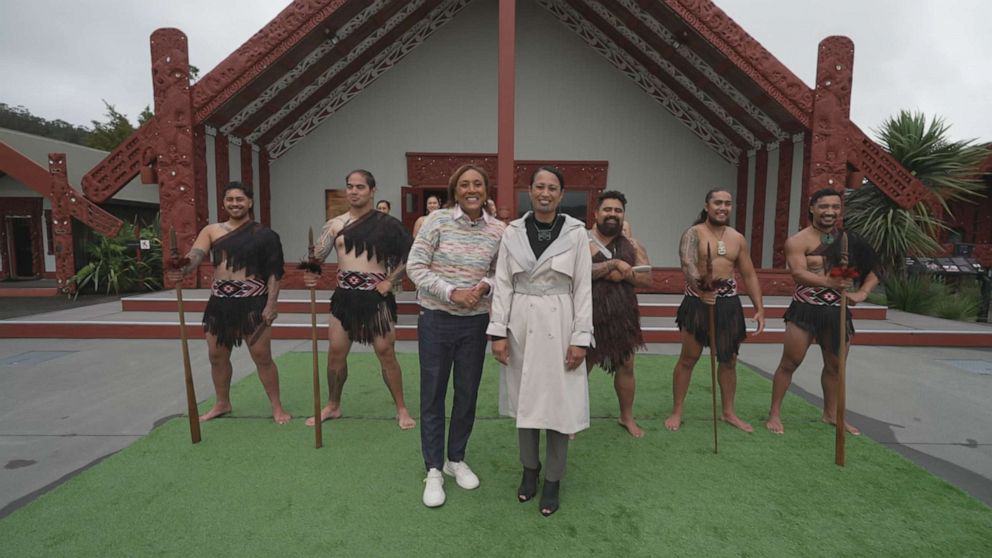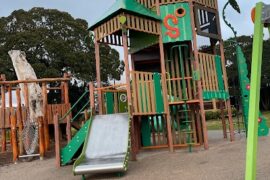Embrace the Warmth of Te Reo: A Parent’s Guide to Saying Good Morning in Maori
Good morning, lovely parents and curious kiddos! ? Are you looking for a delightful way to sprinkle some cultural learning into your morning routine? You’ve landed in the right spot! We’re about to embark on a cultural journey that will add an extra layer of joy and connection to your day-to-day life. So, grab a comfy seat, a warm cuppa, and let’s dive into the heartwarming world of saying good morning in Maori, also known as Te Reo.
Te Reo Maori, the indigenous language of Aotearoa (New Zealand), carries with it not just words but also the essence of Maori culture and identity. It’s a beautiful language that’s full of history, and teaching your children how to say good morning in Maori is a lovely way to introduce them to linguistic diversity and cultural respect from an early age. ?
Why Learn To Say Good Morning in Maori?
Teaching your children to say good morning in Maori is about more than just learning a phrase; it’s about connecting with a culture rich in traditions and values. It’s an opportunity to show respect for the Maori language and to introduce the concept of cultural diversity to your children. Moreover, learning another language, even if it’s just a greeting, can enhance cognitive development and empathy in children. ?
How to Say Good Morning in Maori: The Basics
Ready to learn? The Maori phrase for good morning is “Morena” or you can say “Ata m?rie”, which translates to ‘good morning’ or ‘peaceful morning.’ Both are commonly used, and you can’t go wrong with either. The pronunciation is as simple and soothing as a gentle morning breeze:
- Morena – Pronounced as mo-reh-nah
- Ata m?rie – Pronounced as ah-tah mah-ree-eh
Now, let’s practice together! Say it out loud with your little ones, and don’t worry about getting it perfect on the first try. It’s all about having fun and showing effort. ?
Fun Morning Activities to Practice Te Reo
One of the best ways to learn and remember a new phrase is to use it in context. Here are some cool, family-friendly activities you can enjoy while practicing your new Maori greetings:
- Good Morning Song: Create a musical morning routine by singing a good morning song that includes the phrase “Morena” or “Ata m?rie.” Music is a magical way to learn and retains new language skills.
- Maori Morning Greeting Cards: Have your children make colourful greeting cards with “Morena” or “Ata m?rie” written on them. Exchange these cards over breakfast, promoting both creativity and language practice.
- Role-playing: Encourage your children to role-play scenarios where they meet someone in the morning and use the Maori greeting. It’s a playful way to get them comfortable with the phrase.
Remember, the key is to make this cultural and linguistic experience as engaging and natural as possible. The more you integrate it into your regular morning activities, the more organically it will become a part of your, and your children’s, vocabulary. ?
A little tip: Children love consistency mixed with a dash of surprise, so try to keep the greeting routine regular while occasionally adding new and exciting twists to how you practice together.
Understanding the Cultural Significance
While teaching your children how to say good morning in Maori, it’s essential to delve a bit into the cultural background of the language and the greeting. This provides a deeper understanding and appreciation of the Maori culture and the importance of respect and acknowledgement for indigenous languages and traditions. ?
Did you know that “Morena” or “Ata m?rie” is not just about the time of day, but also conveys a wish for peace and a good spirit to the person you are greeting? With each morning greeting, you’re spreading positivity and warmth—something truly special in today’s fast-paced world.
As we continue this guide, we’ll explore more engaging ways to integrate Te Reo into your daily life, with activities, stories, and even some delicious breakfast recipes inspired by traditional Maori cuisine. So, breathe in the joy of mornings, and let’s fill every sunrise with a heartfelt “Morena” or “Ata m?rie.” Stay tuned for more engaging content, and let’s make every good morning count! ?
Look forward to our next section where we’ll share engaging Maori legends and their teachings—perfect stories to share with your children over a morning hot chocolate or breakfast. Until then, keep practicing and enjoy the beauty of saying good morning in Maori!

Five Things Parents Should Know in Preparing for Maori Good Morning
As you weave the Maori language into your family’s morning routine, here are five important tips to ensure the experience is enriching and rewarding for both you and your children:
1. Incorporate the Language Gradually
Introducing a new language can be exciting! Start with simple greetings like “Morena” or “Ata m?rie” and gradually add more words or phrases as your family becomes more comfortable. This steady progression ensures a positive learning experience and prevents feeling overwhelmed.
2. Use Engaging Teaching Methods
Children learn best when they’re having fun! Use engaging methods like storytelling, songs, or games to teach the phrase “good morning” in Maori. Interactive learning helps children absorb the language more effectively and makes them more likely to use it spontaneously.
3. Foster a Respectful Attitude
Along with teaching the language, discuss with your children the importance of respecting and honoring Maori culture. Share the origins of Te Reo and the significance of maintaining and celebrating this beautiful language. This respectful approach enriches the learning experience and builds cultural awareness.
4. Be Consistent Yet Flexible
It’s great to establish a routine, as this helps embed the language into daily life. However, be open to adapting how and when you practice. Occasionally mix things up. This keeps the learning process fresh and exciting for your children.
5. Lead by Example
Kids are great mimics and often learn by copying adults. Make an effort to use the phrase “Morena” or “Ata m?rie” yourself throughout the morning. When you lead by example, your children are more likely to follow suit and embrace the language with enthusiasm.
Armed with these insider tips and your newfound knowledge, you’re all set to bring a touch of Te Reo to your mornings. Learning to say good morning in Maori is just the beginning—this small yet significant step opens the door to a world of cultural understanding and linguistic appreciation. Imagine the conversations you’ll spark and the connections you’ll nurture with just a few simple words exchanged over the breakfast table.
Get ready to explore and share these beautiful expressions in Te Reo with your family. And remember, every good morning in Maori is an opportunity to connect, learn, and grow together. Kia ora and happy learning!
Keep your eyes peeled for our following chapters, where we’ll venture into more fun language activities, Maori storytelling at breakfast time, and Maoritanga-inspired recipes to take your cultural journey even further. The adventure of learning and sharing is an ongoing one, so embrace each step with enthusiasm and openness. Let every morning bring a warm “Morena” or a peaceful “Ata m?rie,” as you and your family become part of the vast community of Te Reo Maori speakers!
See more great Things to Do with Kids in New Zealand here. For more information see here
Disclaimer
The articles available via our website provide general information only and we strongly urge readers to exercise caution and conduct their own thorough research and fact-checking. The information presented should not be taken as absolute truth, and, to the maximum extent permitted by law, we will not be held liable for any inaccuracies or errors in the content. It is essential for individuals to independently verify and validate the information before making any decisions or taking any actions based on the articles.




